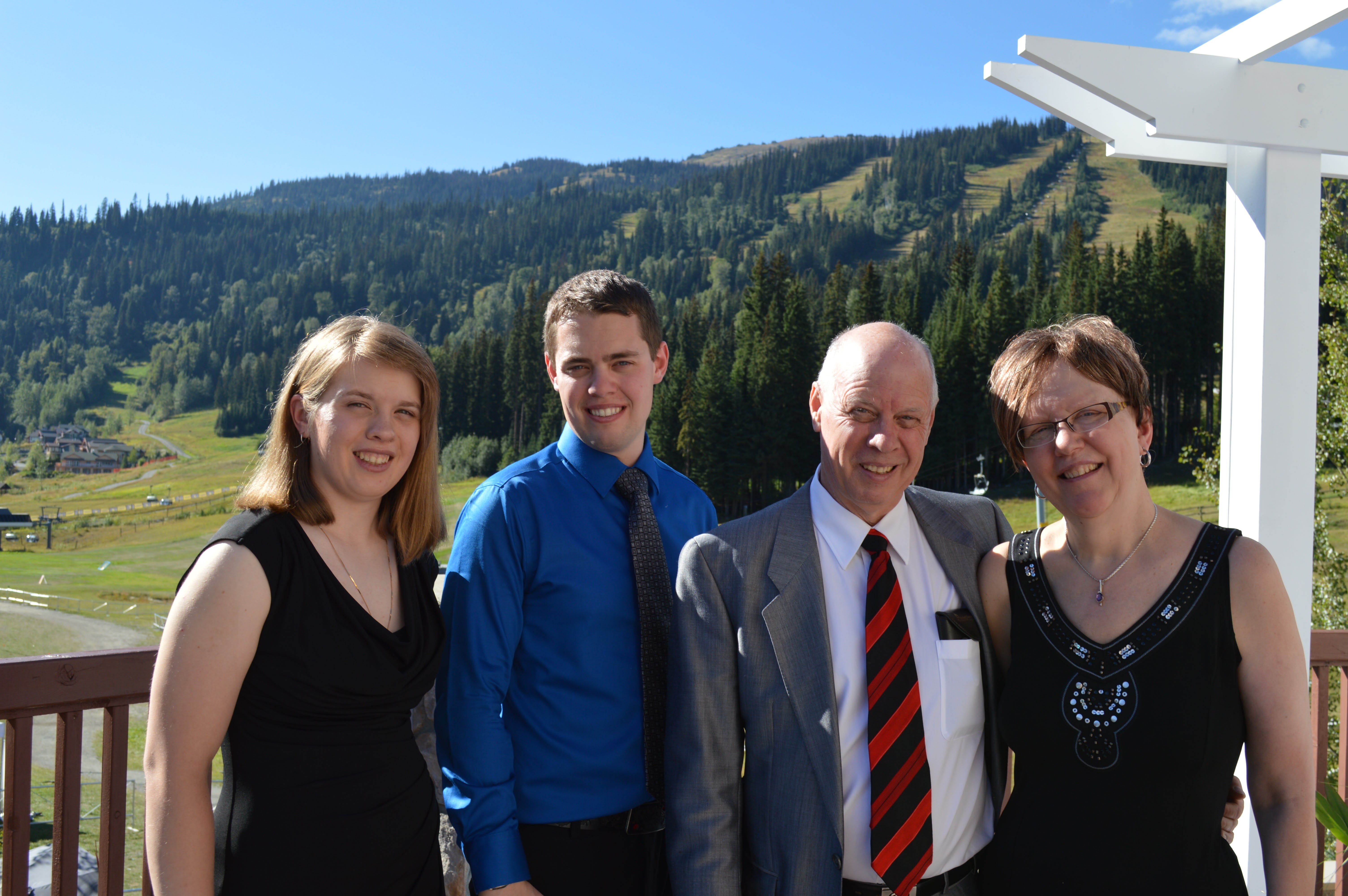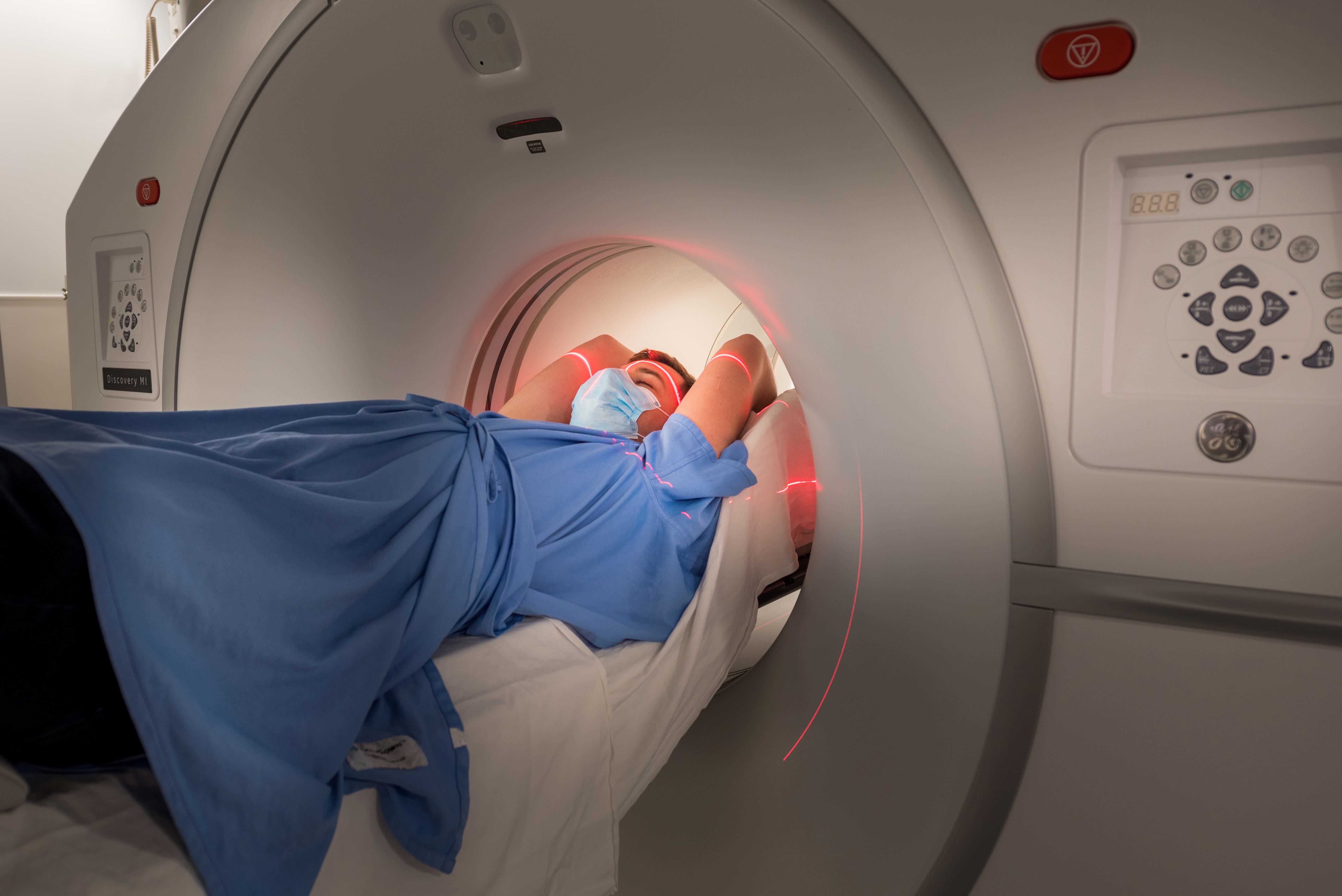Beyond Barriers: Breaking Through Inequities in Cancer Care
February 4, 2023
Found in Access, General, World Cancer Day
Sarah Roth is the president and CEO of the BC Cancer Foundation
Who you are, where you live, your race, ethnicity or income should not impact the care you receive while facing cancer — never mind make the difference between life and death.
As World Cancer Day calls on the global community to “Close the Care Gap,” — and break down barriers to care that impede half the world’s population from accessing basic, life-saving treatment — we need to start by supporting solutions right here at home. In British Columbia we can work together to make equitable care a priority, in order to reach everyone, in every corner of the province. Because disparities in cancer care don’t just affect the vulnerable — they hurt us all.
More is possible in cancer care today than ever before. Awe-inspiring advances have led to sophisticated screening and innovative therapies that have drastically improved outcomes. Our own province enjoys some of the best cancer research and care in the world, with six comprehensive centres staffed by leading, passionate experts whose work is changing practice on a global level.
In my role, I get to meet many of the people who benefit from this progress: a Kelowna lung cancer patient living years beyond expectation due to a daily pill; a young mom in Vancouver saved from the ovarian cancer that claimed her own mother thanks to hereditary testing.
However, I also hear about the challenges in accessing care, some due to the vastness of our province. Those living in rural or remote communities (13% of B.C.’s population) may face difficult decisions when balancing the costs of travelling for cancer treatment in addition to the rising costs of gas and groceries due to inflation.
Investing in research can help overcome these obstacles. A donor-supported BC Cancer study is showing that Stereotactic Ablative Radiotherapy (SABR) — a treatment that delivers higher doses of radiation over fewer sessions — is effective and more convenient and cost-effective for patients as it greatly reduces the need to travel.
The Foundation’s Patient Relief Fund also provides financial assistance to in-need patients. A portion of the fund addresses the unique challenges of First Nations communities, which face geographic, systemic and cultural barriers to care, and as a result experience significantly poorer survival rates compared to non-Indigenous British Columbians.
Affecting change are Indigenous Patient Navigators, now instated at all six cancer centres to steward culturally safe care and assist patients in navigating a system they often fear or mistrust due to a history of discrimination.
While physically closer to treatment, urbanites aren’t exempt from obstructions to care. By 2027, one in three new cancer cases in B.C. are expected to come from the rapidly growing Fraser area, putting even more strain on its two centres. In partnership with the government, Foundation donors are helping bring to fruition a second BC Cancer centre in the Fraser region which will reduce wait and travel times for locals, and offer innovative clinical trials much closer to home.
In addition, philanthropic support is injecting new life in the existing BC Cancer – Surrey’s chemotherapy suite — 10 new chemo chairs will increase capacity by up to 900 infusions a month, which will allow more timely care.
Donors are helping launch BC Cancer’s Hereditary Cancer Program into a new era of impact where more high-risk patients will be identified sooner through several pilot projects including a first-in-Canada initiative to directly contact relatives of patients with an inherited gene.
With cancer cases projected to rise by 35% in B.C. over the next decade, and an aging and growing population increasing demand for services by 60%, it’s crucial we act now. Creating equitable care, and better outcomes for all, will improve capacity and lead to a more efficient, less costly system as a whole.
A third of all cancer cases can be prevented through healthy behaviours, vaccinations and reducing exposure to other risk factors. Another third can be cured through early detection and treatment. We can offer these odds to everyone in B.C., but it will take all of us. We all need to mobilize, and be part of the solution to close the worldwide cancer care gap — starting in our own backyard.


